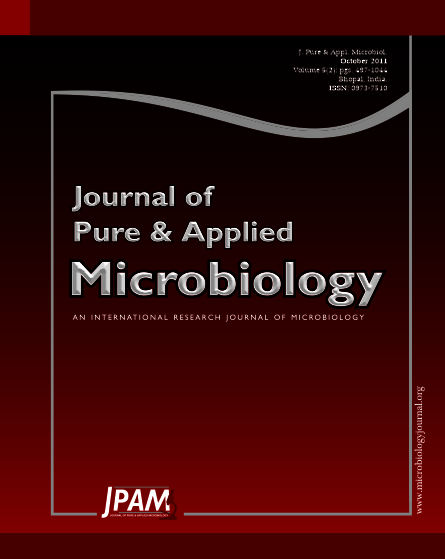The present study was carried out on both outpatients and inpatients attending the Department of Urology, Vijayanagar Institute of Medical Sciences, Bellary. The study consisted of 110 cases based on clinical diagnosis and type of instrumentation performed on patients. Urine samples were collected from all the patients by mid stream sample or aseptically aspirated catheter sample and were processed in the Department of Microbiology, VIMS, Bellary for both bacteria and fungi. In the present study urinary tract infection (UTI) following instrumentation was more common among men than women. In men the highest incidence was seen in 61 to 70 years group about 14% and in women 21 to 30 years group about 17.9%. In the present study cystoscopy accounted most common instrumentation procedure carried out in 36.3% of cases followed by catheterization in 30.9% of cases. Other instrumentation procedures commonly carried were urethral dilatation (22.7%), transurethral resection of prostate (5.4%) and endostricturotomy (4.5%). The highest incidence of infection rate following instrumentation was seen in transurethral resection of prostate about 66.7%. Endostricturotomy and catheterization also carries a equal risk of infection accounting for 60% and 58.8% respectively. Microbiological study of urine samples obtained from 110 patients showed the positive growth in 46.3% cases and no growth was obtained in 53.7% of cases. Among the bacterial isolates gram negative enteric bacteria were the predominant organisms. Escherichia coli and Klebsiella pneumonia constituted predominant isolates obtained. Pseudomonas aeruginosa was the third most common organism isolated in 12% of cases. Gram positive cocci were isolated in 16% of cases. Coagulase negative staphylococci was the predominant isolate obtained in 12% followed by Staphylococcus aureus in 4% of cases. In case of urinary tract infection without any instrumentation Escherichia coli and Klebsiella pnuimoniae were the predominant organisms. So in the preset study no significant difference was found between the bacteriology of UTI with or without instrumentation. Antibiotic susceptibility patterns shows amikacin, gentamicin, ciprofloxacin and norfloxacin are antibiotic choice for treating the urinary tract infection following instrumentation.
No fungus was isolated in 110 cases of UTI following instrumentation. 30 cases of UTI without any instrumentation was also included in the study as control group. In the control group there was a female preponderance. The most commonly affected age groups in females was 11 to 20 years about 20%. The most commonly affected age groups among males was 31 to 40 years about 10% . In case of UTI without any instrumentation E. coli and Klebsiella pneumonia were the predominant organisms. Therefore, it was concluded that no significant difference was found between the bacteriology of UTI with or without instrumentation. No fungus was isolated in 30 cases of UTI without any instrumentation.
UTI, Instrumentation, Escherichia coli, Antibiotics
© The Author(s) 2011. Open Access. This article is distributed under the terms of the Creative Commons Attribution 4.0 International License which permits unrestricted use, sharing, distribution, and reproduction in any medium, provided you give appropriate credit to the original author(s) and the source, provide a link to the Creative Commons license, and indicate if changes were made.


